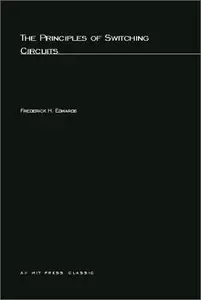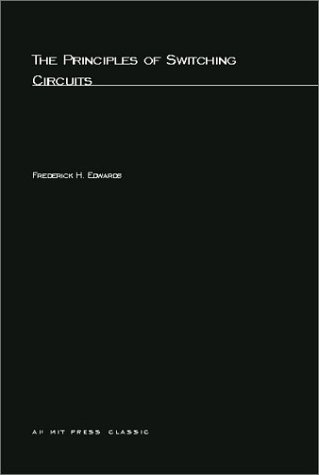Frederick H. Edwards, "The Principles of Switching Circuits"
1973 | ISBN-10: 0262050110, 026255044X | 342 pages | PDF | 8 MB
1973 | ISBN-10: 0262050110, 026255044X | 342 pages | PDF | 8 MB
Switching theory is concerned with the development of models and techniques for the analysis and synthesis of those circuits in which information is represented in discrete or digital form, as opposed to the analog form in which information is represented in a continuous manner. The application of digital techniques over a wider range of human activities has already profoundly affected modern life, and there is no visible limit to their future utility.This book is the outgrowth of a course on switching circuits that the author has taught since 1960, and it is designed as a text to provide a unified treatment of the subject with particular emphasis on sequential circuit theory. An attempt has been made to include only those techniques that have been generally accepted and seem to have lasting application.The first four of the nine chapters are devoted to basic principles and to combinational circuit theory. They introduce number systems, binary codes, Boolean algebra, switching functions, the analysis and synthesis of combinational gate circuits (including NAND, NOR, EXCLUSIVE-OR, and EXCLUSIVE-NOR), and threshold logic, among other topics. Also covered are algebraic, geometric, and tabular techniques for the minimization of algebraic expressions.The remainder of this book is on sequential circuit theory. A general treatment is emphasized by classification of the sequential-circuit operation as either fundamental mode or pulse mode, and as either clocked or not clocked. A comparison of the two modes is enhanced by design examples in which the same problem specifications are used for each mode. Both algebraic and tablular techniques are presented for the analysis and synthesis of these circuits. The timely topics of control states and register transfers in sequential design are included. The book closes with a discussion of sequential-circuit minimization associated with the reduction of flow tables, and the state-assignment problem.Answers are provided to selected problems.



